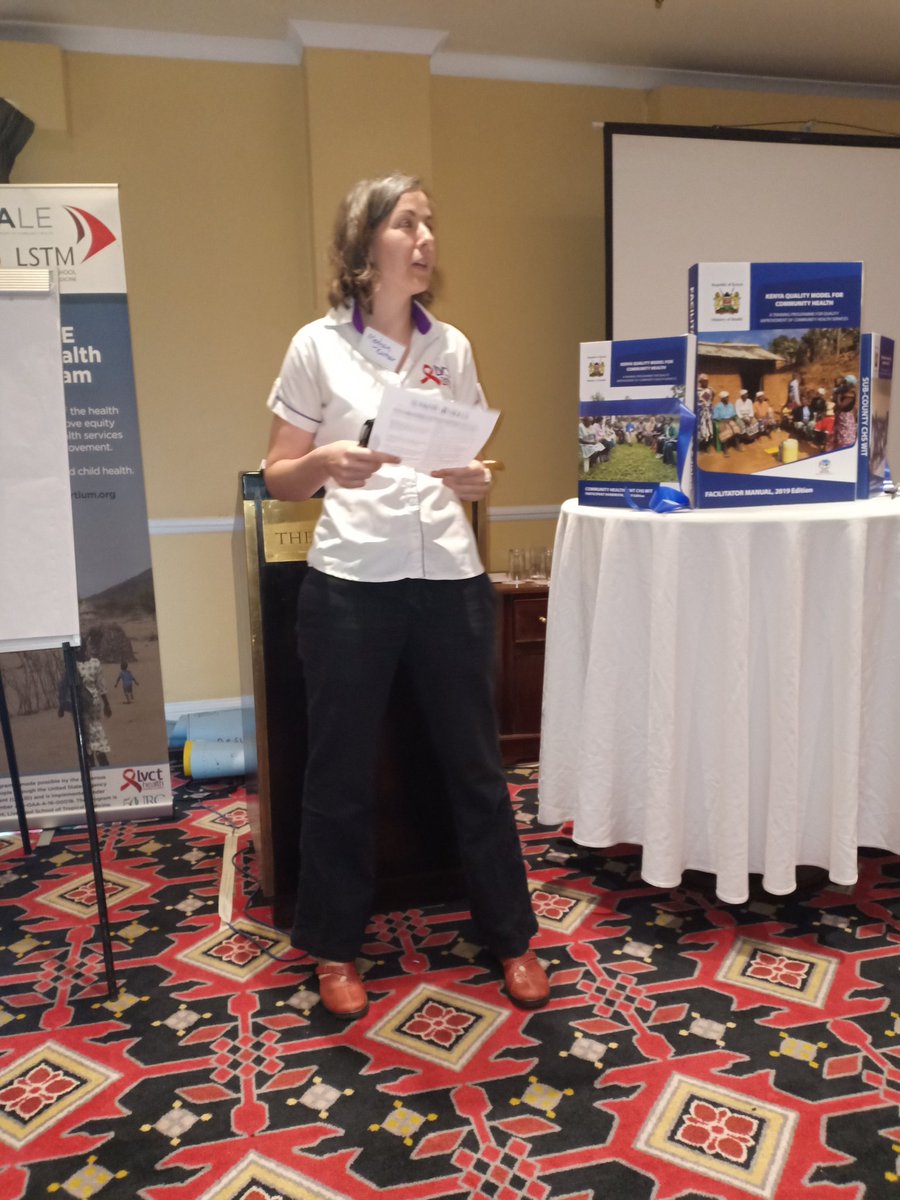Cost of QI at community level

To support the sustainability of the USAID SQALE program we conducted research on the cost of implementing QI in the community and have supported teams to find alternative routes for fundraising at the county-level and through development donors. We presented on this research at our 2019 Learning Event.
The costs of regular QI meetings are low and resourcing is mostly used for transportation and stationery. However, without some support for these costs, QI meetings are less likely to continue as part of regular working practices.
QI requires an investment of people-time (for meetings, activities, communication). These may not appear as a cost on the balance sheet, but they are significant and important. We need to better understand the opportunity cost of doing QI and what activities people are forgoing to be involved.
Training teams over time (the kind of phased training that has been crucial for USAID SQALE) costs more than one-off trainings of individuals. We know that one-off trainings have less impact and that teams trained in phases are more likely to apply and sustain what they’ve learned. There is a need to make advocacy arguments that justify the extra funding for this approach.
QI that includes more than one level – for example, the community, plus the facility, plus the sub-county - is more expensive than only looking at problems at one level. However, most problems aren’t isolated to one level, so improving these links improves the chance of solving problems in the long term rather than quick fixes. It also encourages a whole of system approach to QI.
QI does not cost the same in every country/county/sub-county/CHU. We can calculate per capita costs that help us estimate how much to budget. In Kenya, including training, this means annual financial costs of:
- ~40,000 shillings per QI team member
- ~2,500 shillings per CHV supervised
- ~5 shillings per capita in catchment population
It is possible to do QI without additional funding for activities in the QI change plans. However, some quality problems are bigger and may require additional resources to bring about the change that communities want to see and have an impact.
Feedback from participants
The activities from USAID SQALE that participants would most like to continue are WIT meetings, monthly data review meetings, dialogue days, using the Community Follow Up Tool and DQA. WIT meetings are important as they bring different stakeholders from the community and facility together and are not expensive to maintain. However, it is important to consider the cost of hosting them and ensure that their purpose is shared. If there is no money allocated to the WIT meetings then the possibility of integrating them with other meetings should looked into.
Participants felt that when calculating the cost of QI activities at the community level we should not only look at the financial cost. Time is an important cost to consider and the duration and frequency of activities and number of participants can differ. We need to think carefully about the personnel that should be involved in the QI activities and how much time this should take. Trainings should be regular and planned and it might be possible to source very low-cost venues for them. These trainings should also be made available to the facilities and the county level.
Participants felt that communities could not rely on donors for all the financing for community QI and that it should be a county-level responsibility through inclusion in the annual work plan.
There are costs associated with not doing QI. Participants fed back that these include increased medical costs, ill health and loss of life due to poor quality services, law suits due to negligence and other problems within the health system, increased workload, disorder and time wasted, inefficient allocation of resources and poor planning due to poor data and the danger that the country will fail to deliver on the UHC agenda.
Participants identified additional costs in sustaining the QI agenda for example through the development of new policy and accompanying standards and revised tool roll out. In county costs include CHV Stipends, county level trainings, printing and distribution of tools and other QI documents and the cost of advocacy to push the QI agenda at the county level. Implementing QI generates costs in terms of supervision (of CHVs and at the facility), mentorship, meetings community follow up, dialogue days and DQA.